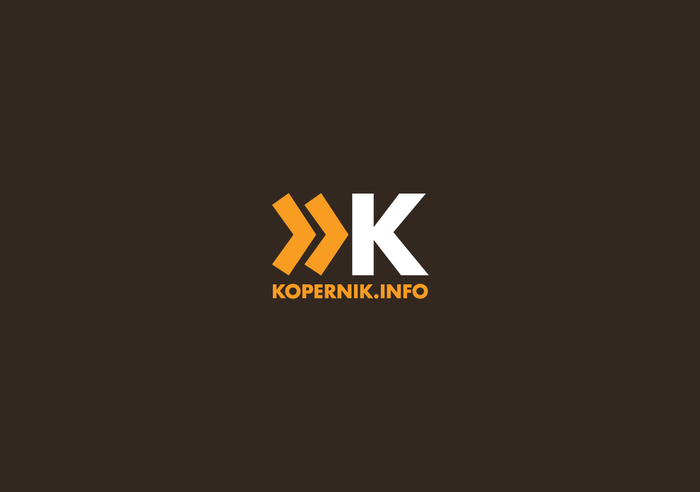This project is implemented by Yayasan Kopernik on behalf of our partner who provided grant funding for this project.
We are testing a shredding machine to increase the efficiency of fish floss production, specifically the shredding process.
THE PROBLEM
Indonesia’s unprecedented rate of economic growth has been linked to unsustainable production and consumption patterns and resource inefficiencies. In East Nusa Tenggara, Kopernik has been engaged by Plan Indonesia to assist to implement the MATA KAIL project, an initiative funded by the European Union to encourage the use of simple, environmentally friendly technologies in the fisheries sector. The project aims to promote sustainable economic growth and employment opportunities in Lembata, Maumere and Nagakeo, focusing on Micro, Small and Medium-sized Enterprises (MSMEs).
This project is one of a number of experiments Kopernik is delivering to promote efficiencies in the fisheries sector and the related benefit of increasing net income.
Despite contributing to 10 percent of national fish production, the number of MSMEs in East Nusa Tenggara is one of the lowest amongst Indonesian provinces1.
One of the most popular fish products in NTT is fish floss. Fish floss is a light and fluffy fish product that is very popular across many southeast asian countries2. The production process of fish floss comprises several stages, one of which is shredding. Based on Kopernik’s Market Demand Research (MDR) report, many MSMEs still use traditional methods to shred the fish. These methods are more labor-intensive and less efficient compared to using modernized tools.
2 Hang, Nguyen T. (2014). Process development for production of smoked fish floss products from atlantic mackerel and blue whiting.
THE SOLUTION
We will test whether a small-scale shredding machine will increase our local partner, Kembang Baru’s, production capacity resulting in an increase in net income.
For fish floss production, modernized tools should shorten the time taken to shred the fish which should then impact the duration of the overall process. By reducing the time required to process the fish, and potentially the number of staff required, the MSMEs’ production capacity should increase.
We will compare the group’s traditional shredding method with a small-scale shredding machine in terms of the time taken and the number of workers needed for each production stage. We will also investigate the resulting difference in income and how this shift might affect their business model.
Female workers at Kembang Baru, a small-sized enterprise in Maumere making fish floss (credit: Cokorda Suryanata)
Workers shred fish using simple tools (credit: Cokorda Suryanata)
THE EXPECTED IMPACT
We expect the enterprise to achieve an increase in income by using a small-scale shredding machine that shortens the time required to produce fish floss. We expect the resulting time savings will allow the staff to either move into other stages of production, or increase, overall production. We hope that they can produce more fish floss, stabilising and increasing their sales.
Furthermore, we will share the results of this experiment with the local/national government in order to influence further economic empowerment programs.
PROJECT COST
Solution & Project Implementation
Costs associated with the purchase of the solutions tested and project coordination
$5,175
Monitoring & Evaluation
Costs associated with data collection, analysis and reporting
$2,552
Administration Fee
Cost of transferring payments internationally, processing online donations (5%) and a contribution to Kopernik's operational costs (15%)
$773
Total $8,500
This project is implemented by Yayasan Kopernik on behalf of our partner who provided grant funding for this project.



